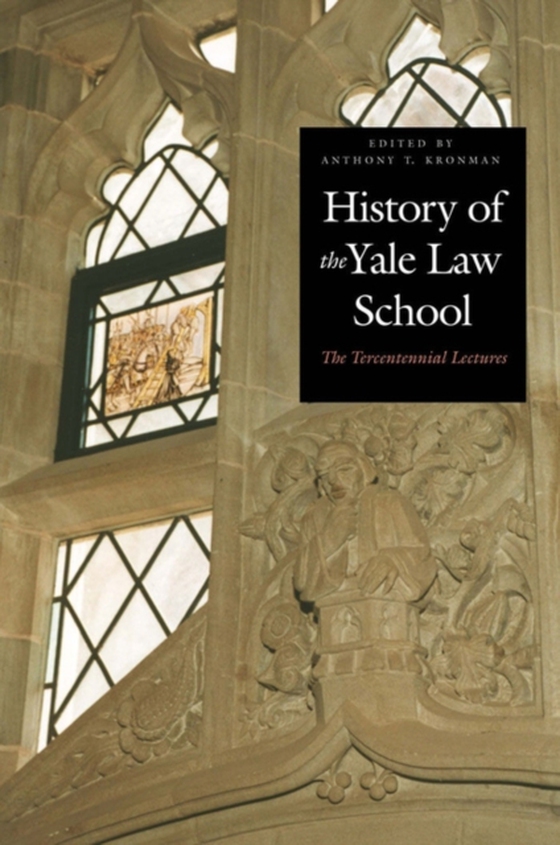
History of the Yale Law School e-bog
240,51 DKK
(ekskl. moms 192,41 DKK)
The entity that became the Yale Law School started life early in the nineteenth century as a proprietary school, operated as a sideline by a couple of New Haven lawyers. The New Haven school affiliated with Yale in the 1820s, but it remained so frail that in 1845 and again in 1869 the University seriously considered closing it down. From these humble origins, the Yale Law School went on to beco...
E-bog
240,51 DKK
Forlag
Yale University Press
Udgivet
1 oktober 2008
Længde
288 sider
Genrer
1KBBEC
Sprog
English
Format
epub
Beskyttelse
LCP
ISBN
9780300128765
The entity that became the Yale Law School started life early in the nineteenth century as a proprietary school, operated as a sideline by a couple of New Haven lawyers. The New Haven school affiliated with Yale in the 1820s, but it remained so frail that in 1845 and again in 1869 the University seriously considered closing it down. From these humble origins, the Yale Law School went on to become the most influential of American law schools. In the later nineteenth century the School instigated the multidisciplinary approach to law that has subsequently won nearly universal acceptance. In the 1930s the Yale Law School became the center of the jurisprudential movement known as legal realism, which has ever since shaped American law. In the second half of the twentieth century Yale brought the study of constitutional and international law to prominence, overcoming the emphasis on private law that had dominated American law schools. By the end of the twentieth century, Yale was widely acknowledged as the nation’s leading law school.The essays in this collection trace these notable developments. They originated as a lecture series convened to commemorate the tercentenary of Yale University. A distinguished group of scholars assembled to explore the history of the School from the earliest days down to modern times. This volume preserves the highly readable format of the original lectures, supported with full scholarly citations.Contributors to this volume are Robert W. Gordon, Laura Kalman, John H. Langbein, Gaddis Smith, and Robert Stevens, with an introduction by Anthony T. Kronman.
 Dansk
Dansk

